Any skincare buff can attest that the majority of advertised skin-active serums, lotions, and cleansers are geared specifically toward facial skin. The skin on the rest of the body? Often overlooked when it comes to skincare routines.
Transform your body care routine from a post-shower afterthought into a designated self-care ritual with these simple steps and product recommendations from our team! Think of it as your regularly scheduled skincare, expanded: the same ingredients, the same steps, the same intentions — just more ground to cover.
This guide is here to show you why every part of your body deserves the same care, effort, and glow.
The skin on the body builds up sweat, oils, sunscreen residue, and bacterias just like the face does. Gentle cleansing helps set a clean slate, priming the skin to better absorb active treatments or moisturizers. However, dermatologists warn against harsh soaps (antibacterials, heavily fragranced, etc.) that can strip the skin of too many of its natural oils, worsening dryness, body acne, and irritation. A pH-balanced, gentle body cleanser is ideal.
Steps
• Use a mild, sulfate-free body wash or gel.
• In the shower, use lukewarm water and a soft cloth or your hands with your chosen cleanser. Too-warm water can strip your skin of its natural oils and leave your skin dried out and unprotected from irritants.
• Cleanse in a gentle, circular motion, especially on more delicate zones like the neck, decolletáge, shoulders, and inner arms.
Our Picks
This post contains affiliate links, which means we may earn a commission if you shop through them — no extra cost to you, just extra good taste.
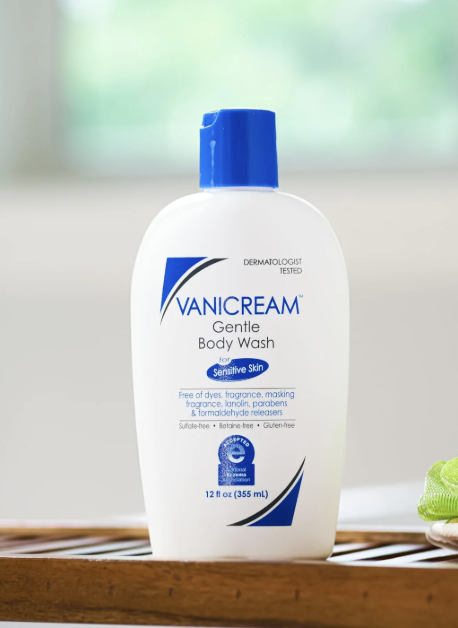
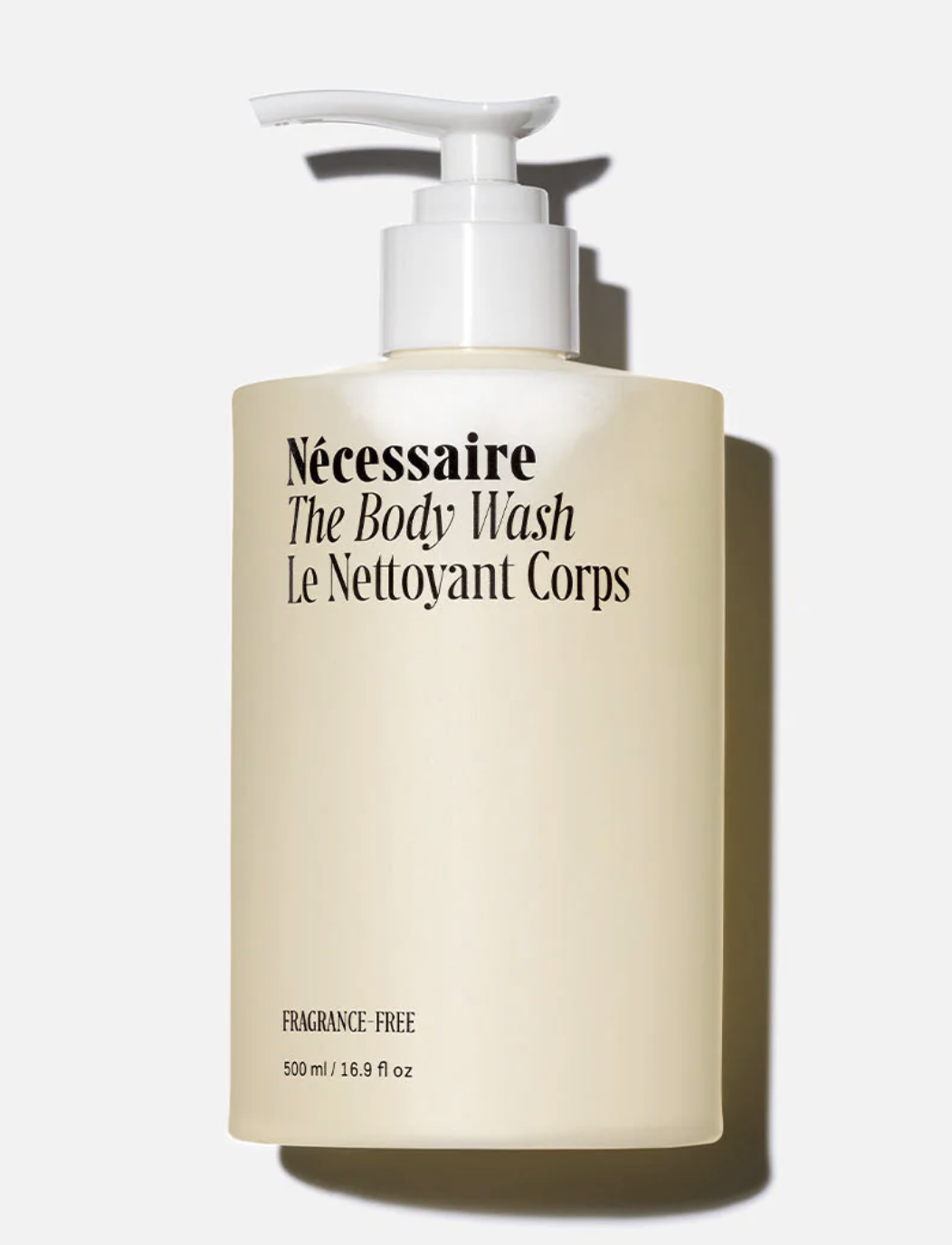
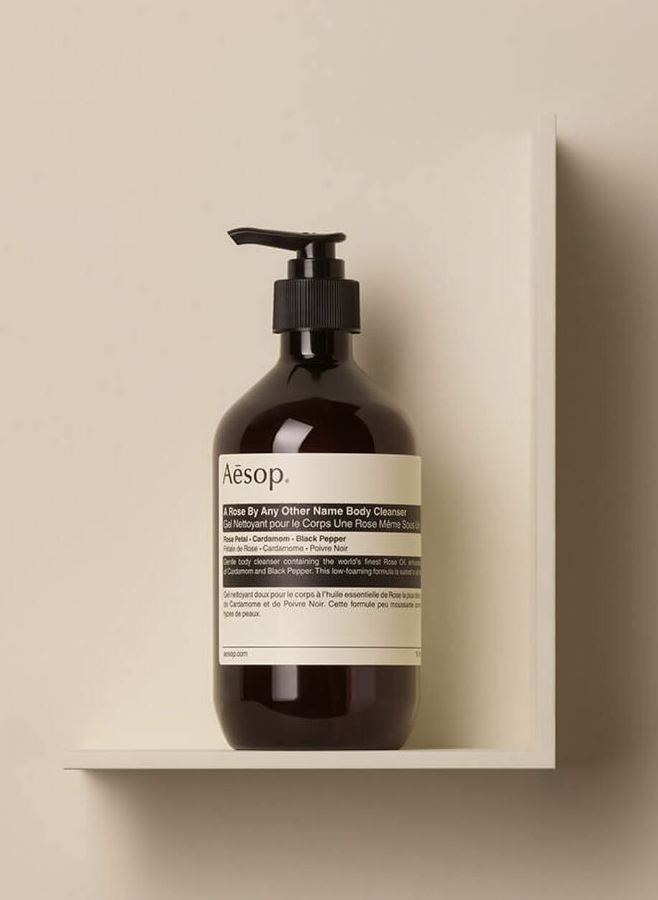

Whether it's body acne, wrinkles, stretch-marks, discoloration, bumps, or dry patches you're trying to target, there's a dermatologist-approved treatment for it all. There's also no shame in adding that extra step into your body care routine if it will help you feel your best and most confident in your own skin. This can be done using antioxidant treatments, low-dose retinoids, AHAs/BHAs, exfoliators, and more. The idea behind these treatments is to support collagen production, even tone, and manage textures on the body just like you would on the face, but with strengths better suited to thicker, more friction-prone skin.
Steps
• AM: After cleansing, apply an antioxidant serum (vitamin C for example) to your neck and chest if pigmentation, dryness, or wrinkles are a concern.
• PM (start with once, then slowly work up to 2–3×/week): Use a body treatment containing a mild retinoid or AHA/BHA to slow down the effects of aging and chemically exfoliate skin.
• Further exfoliation: If body acne, stretch marks, or scarring is a concern, use a gentle chemical exfoliant (lactic acid, low-strength glycolic) once per week on textured areas (not everywhere).
Our Picks

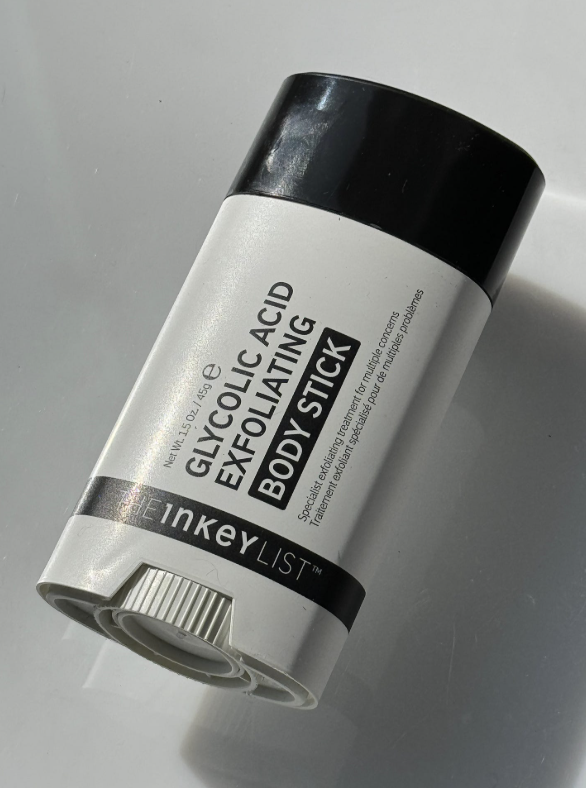

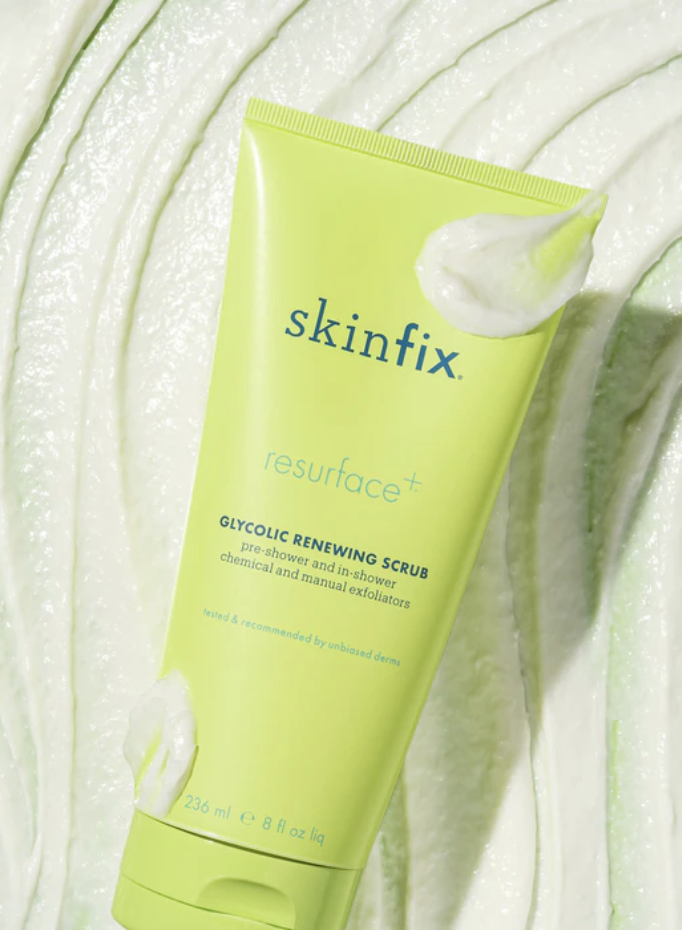
Even the best body treatments won’t work their magic properly if the skin’s barrier is compromised. Keeping your body and neck skin hydrated can help reduce fine lines, texture, flaking, redness, and irritation, all while helping you glow from the inside out. Dermatologists often recommend humectants (glycerin, hyaluronic acid), ceramides, and lipids in body moisturizers and oils to maintain the integrity of your skin barrier and give your skin a supple, radiant look.
Steps
• Apply body oil while your skin is still lightly damp (ideally within 3 minutes post-shower).
• Then, apply lighter lotions for daytime and richer creams or butters at night.
• Target areas that tend to dry out first (knees, thighs, shins, elbows, hands).
Our Picks



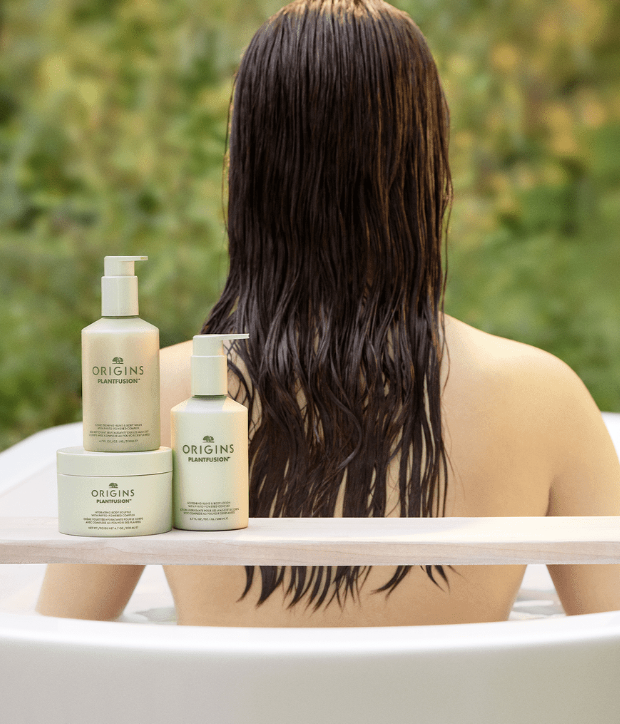
Protecting your skin is arguably the most important step of all when it comes to caring for both the face and body. The American Academy of Dermatology Association emphasizes the significance of proper sun protection, noting that it is a cornerstone in preventing premature aging, hyperpigmentation, and skin damage on any exposed body areas during the day. Maintaining consistency in your daily sunscreen application, reapplying throughout the day if exposed to the sun, and avoiding aggressive mixing of chemical ingredients is crucial to this step.
Steps
• Use a high volume SPF on the neck, chest, and any other exposed body parts daily.
• Reapply if you’re sweating, swimming, or outdoors for long periods.
• Periodically reassess your routine (each season or month). Your skin's needs will shift with the weather where you live — think humidity, sun exposure, clothing friction, etc.
• Keep it simple — if a specific SPF starts to irritate your skin or break you out, stop using it rather than piling on more products. Finding your skin's perfect sunscreen may take trial and error.
Our Picks



